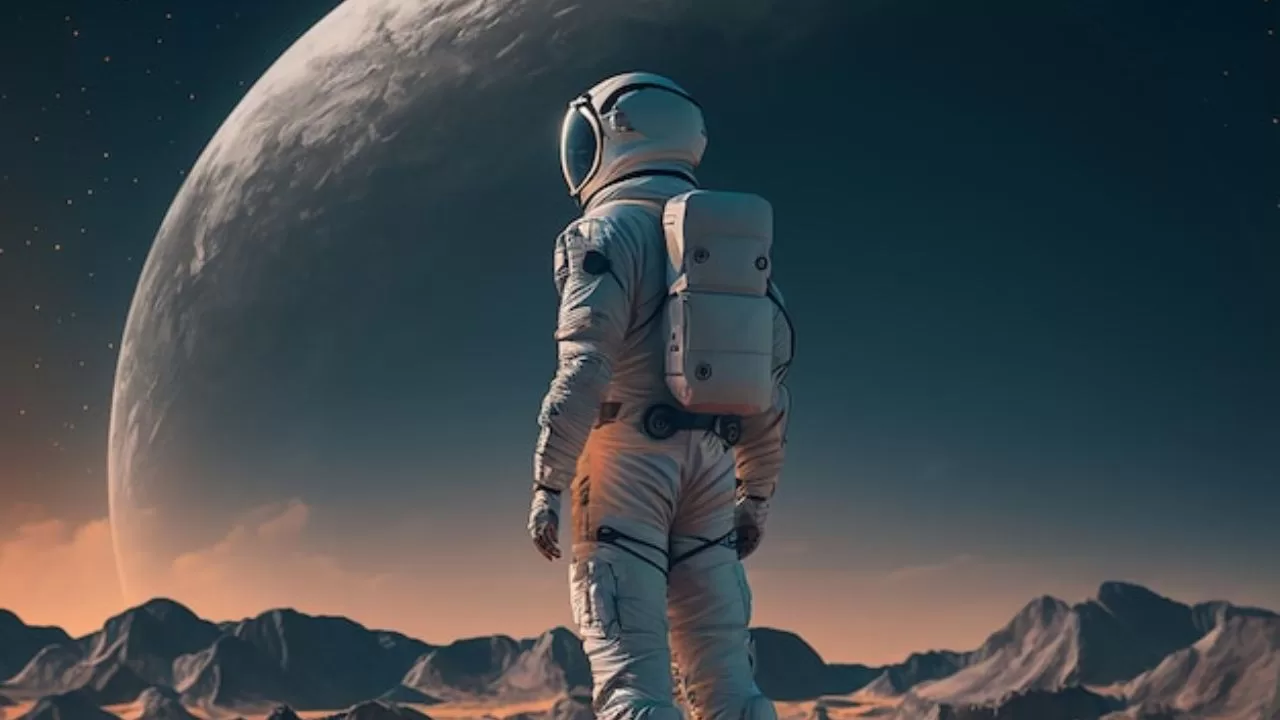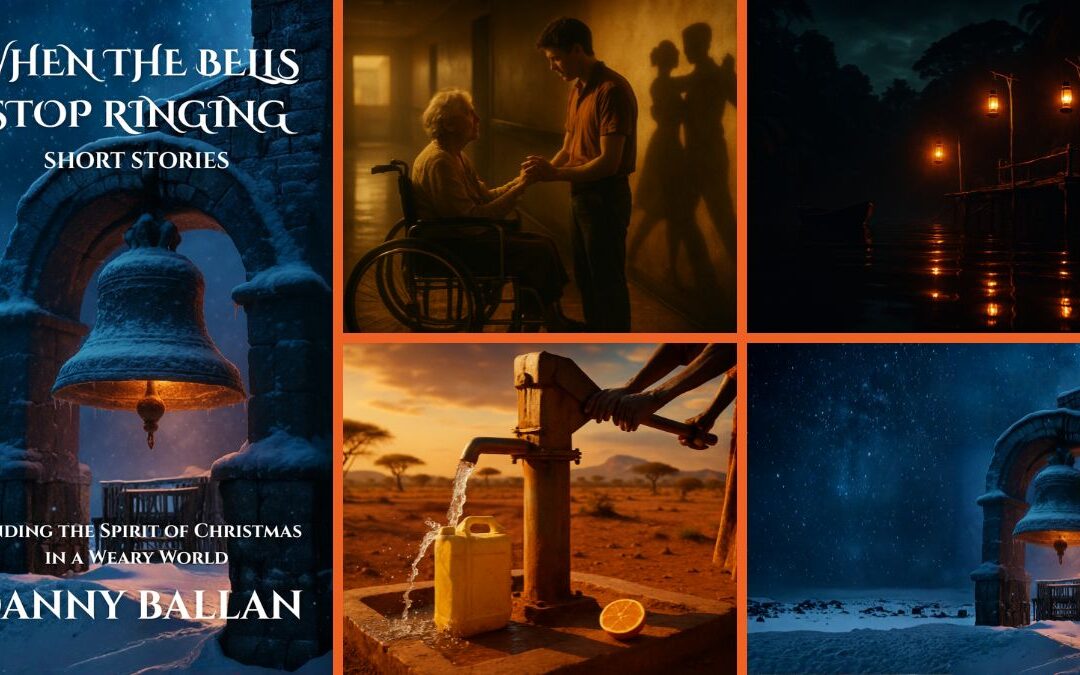Amidst the vast canvas of the universe, under a sea of twinkling stars, Earth has always been our cherished home. But with the turning of the millennia and the rapid growth of technology, an enthralling question began to emerge in the minds of dreamers, scientists, and explorers alike: Can we colonize other planets?
Luna stood on the observatory’s balcony, staring deep into the vast expanse of space, her thoughts echoing this very question. With the wind softly tousling her hair, she began to imagine a future that stretched far beyond our blue planet.
Mars, with its ruddy glow, seemed an obvious first choice. Not too far from Earth, it presented a tantalizing opportunity. Visions of red landscapes, domed habitats, and bustling human colonies painted her mind. Scientists have for years contemplated terraforming Mars, introducing Earth-like conditions by thickening its thin atmosphere and increasing its temperature. By harnessing the Red Planet’s resources, such as its polar ice caps, we could potentially create an environment where water flows and crops grow.
But it’s not as simple as it sounds. The challenges are enormous. Mars’ low gravity, about 38% of Earth’s, could pose long-term health issues for settlers. Radiation from the sun, due to the planet’s thin atmosphere, is another severe concern. The vast distance means that initial settlers would be isolated for long periods, testing the limits of human psychology and group dynamics.
Luna’s thoughts then drifted to Venus, Earth’s ‘sister’ planet. While its surface is hellishly hot and its atmosphere thick with clouds of sulfuric acid, some visionaries have proposed floating cities above the hostile surface, where the pressure and temperatures are more Earth-like. These cloud cities, hovering amidst the golden hues, could tap into Venus’s abundant solar energy.
Beyond the confines of our immediate neighbors, the gas giants and their moons presented further possibilities. Titan, Saturn’s moon, with its thick atmosphere and vast lakes of liquid methane and ethane, could become a hub for energy resources. Europa, one of Jupiter’s moons, with its subsurface ocean, could potentially harbor life, offering scientific treasures we can’t even begin to imagine.
Yet, the barriers are significant. The cosmic radiation, extreme temperatures, and sheer distance make these worlds incredibly challenging for long-term human settlement. There are concerns over how the human body would react over time, from muscle degradation to potential fertility problems. Luna knew that while the technological hurdles were immense, the biological and psychological challenges were equally daunting.
As she looked further into the depths of space, she pondered the more distant dream: exoplanets. These worlds, orbiting stars far from our solar system, have been discovered in the thousands in the last few decades. Some of them, in the so-called “Goldilocks Zone,” where conditions might just be ‘just right,’ could offer Earth-like environments. But they are located at distances that, with current technology, would take lifetimes to reach. The challenges here are not just of technology but of imagination. Could we devise generation ships, where multiple generations live and die during the journey, with their descendants being the ones to step onto a new world?
For Luna, the dream of interstellar colonization was not just about the survival of humanity, but also about the insatiable human spirit of exploration and discovery. It was about stories yet to be written and histories yet to be made. But she also knew that it came with a profound responsibility. In our quest to colonize, we must be stewards, not just conquerors. Ethical considerations, respect for potential extraterrestrial ecosystems, and a commitment to peace and cooperation would be vital.
Drawing her coat closer against the evening chill, Luna realized that while the answer to whether we can colonize other planets isn’t a simple yes or no, the journey to find that answer would define humanity in the ages to come. It would test our resilience, innovation, and unity. And as the stars shimmered overhead, the dream of one day reaching them felt both distant and tantalizingly close.
In the canvas of time, our era is the first where the dream of becoming an interstellar species feels attainable. It’s a dream woven with threads of hope, caution, and ambition. And as we stand on this cosmic threshold, we must choose our steps wisely, for they will shape the destiny not just of a planet, but of a universe.










0 Comments